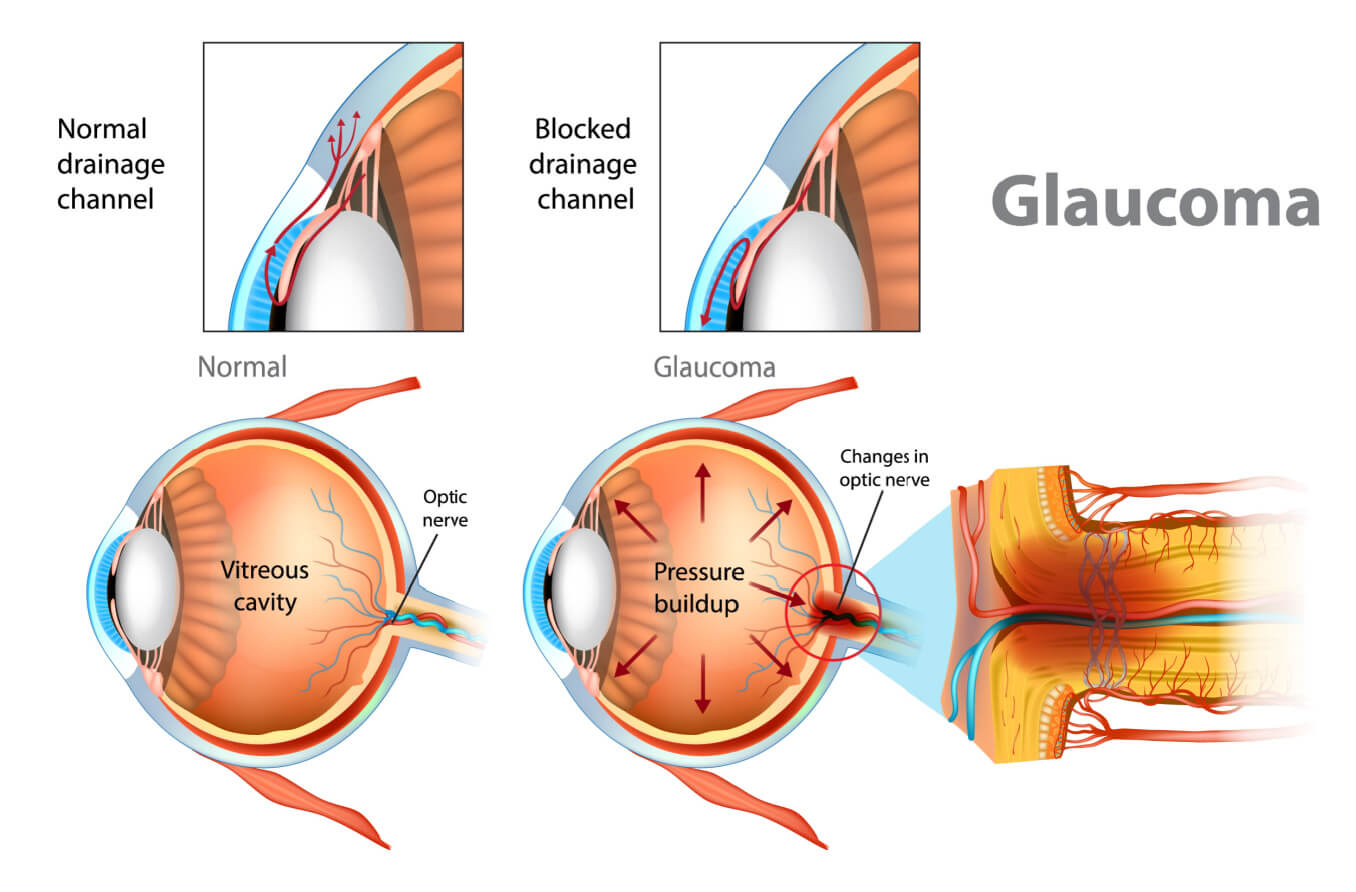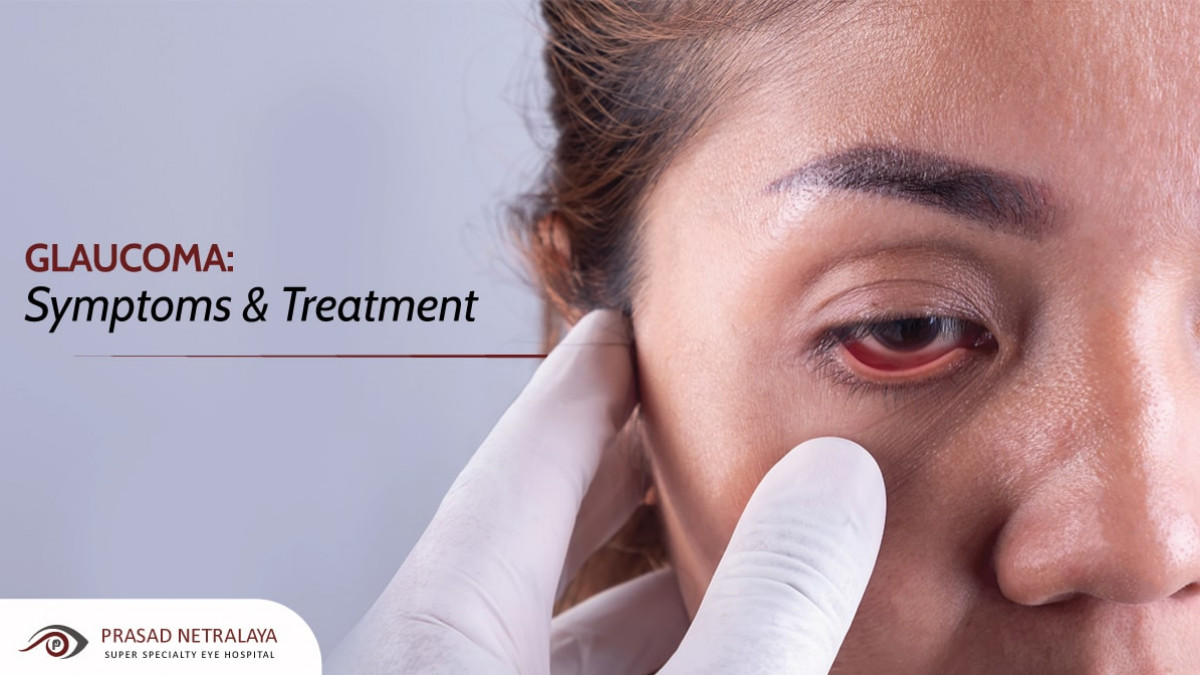Understanding the Different Vision Modification Procedures Available for Clearer Sight
In the world of vision adjustment treatments, a wide variety of alternatives exist to attend to refractive mistakes and supply people with more clear sight. From the widely identified LASIK surgery to less invasive procedures like PRK and implantable lenses, the area of ophthalmology offers a variety of strategies customized to match various demands and choices. Each treatment features its very own collection of factors to consider, advantages, and potential risks. Comprehending the nuances of these vision improvement approaches is important for making notified decisions about one's visual health. Let's explore the complexities of these procedures and clarified the path to achieving boosted vision quality.
LASIK Surgical Treatment
LASIK surgical procedure is a typical refractive treatment used to remedy vision problems such as farsightedness, astigmatism, and nearsightedness. This surgical technique, which stands for Laser-Assisted in Situ Keratomileusis, aims to improve the cornea to improve exactly how light is concentrated on the retina, ultimately improving vision quality.
One of the primary advantages of LASIK surgery is the rapid renovation in vision experienced by patients. Numerous people notice a considerable improvement in their eyesight promptly after the treatment. Additionally, many individuals report minimal pain and discomfort throughout the surgical procedure and recovery period. The recovery time for LASIK is fairly fast, with several individuals returning to their daily activities within a day or two post-operation. On the whole, LASIK surgery is a popular choice for people seeking a long-lasting service for their vision issues.
PRK Procedure
While also a typical refractive treatment, the PRK (Photorefractive Keratectomy) technique differs from LASIK surgical procedure in its method to dealing with vision problems. In PRK, rather than developing a flap on the cornea, the outer layer of the cornea, called the epithelium, is entirely removed. This enables the laser to improve the cornea to fix refractive mistakes such as astigmatism, farsightedness, and nearsightedness directly externally.

Regardless of the longer healing time, PRK can yield outstanding results in vision enhancement, making it a useful option for those that might not be ideal prospects for LASIK surgical procedure.
Implantable Lenses
As opposed to PRK where the cornea is improved straight, implantable lenses supply one more technique for remedying vision by placing man-made lenses inside the eye. This procedure is especially helpful for people with high degrees of astigmatism, farsightedness, or nearsightedness who may not be ideal prospects for laser surgical treatments like LASIK or PRK.
Implantable lenses, likewise referred to as phakic intraocular lenses, job by supplementing the eye's all-natural lens with a man-made one. eyecare near me. These lenses can be positioned in front of the natural lens (former chamber) or behind the iris and before the all-natural lens (posterior chamber) By readjusting the power and positioning of these lenses, eye doctors can successfully fix refractive mistakes and improve visual skill
One advantage of implantable lenses is that they are exchangeable and detachable, offering adaptability for future changes. As with any medical procedure, there are threats included, such as infection or cataract development. Individuals considering implantable lenses need to seek advice from an eye treatment expert to determine one of the most suitable choice based on their private demands and eye health and wellness.
Corneal Rings
Corneal rings, additionally called intracorneal ring sectors, are More Info small, clear devices placed right into the cornea to fix vision distortions such as keratoconus. Keratoconus is a problem where the cornea thins and bulges external, causing vision to end up being altered. The insertion of corneal rings helps to squash the cornea, boosting visual acuity and lowering the irregular astigmatism triggered by keratoconus.
The treatment for inserting corneal rings is minimally invasive and relatively quick, often done as an outpatient treatment. Throughout the surgery, the eye doctor makes a tiny incision in the cornea and inserts the rings at a particular deepness. As soon as in position, the rings help to reshape the cornea, supplying a smoother surface area for light to enter the eye, which can result in clearer vision.
Corneal rings are taken into consideration a relatively easy to fix procedure, as they can be removed or replaced if needed. retina service near me. While they might not entirely remove the demand for glasses or contact lenses, corneal rings can considerably enhance vision top quality and total aesthetic convenience for people with keratoconus or other corneal irregularities
Refractive Lens Exchange
Adhering to the improvement of corneal abnormalities with treatments like corneal rings, one more vision improvement strategy that can resolve refractive mistakes is Refractive Lens Exchange (RLE) RLE is an operation that involves replacing the eye's all-natural lens with a fabricated intraocular lens (IOL) to deal with refractive mistakes such as presbyopia, farsightedness, and nearsightedness. This procedure is specifically valuable for people who might not appropriate candidates for procedures like LASIK or PRK due to aspects such as thin corneas or high refractive mistakes.

Final Thought
Finally, there are various vision adjustment procedures offered to aid people attain more clear view. LASIK surgery, PRK procedure, implantable lenses, corneal rings, and refractive lens exchange are all options that can address various vision concerns. It is essential for individuals to consult with their eye care company to figure out the most ideal treatment based on their certain demands and choices. With developments in innovation, accomplishing improved vision is currently more available than in the past.
In the world of vision modification procedures, a wide variety of options exist to address refractive mistakes and give people with clearer sight.LASIK surgical treatment is a typical refractive procedure made use of to remedy vision problems such as nearsightedness, farsightedness, and astigmatism.While also a common refractive treatment, the PRK (Photorefractive Keratectomy) method varies from LASIK surgical treatment More hints in its method to correcting vision issues.Following the correction of corneal abnormalities with procedures like corneal rings, another vision improvement technique that can attend to refractive mistakes is Refractive Lens Exchange (RLE) LASIK surgical treatment, PRK treatment, implantable lenses, corneal rings, and refractive lens exchange are all choices that can resolve various vision concerns.